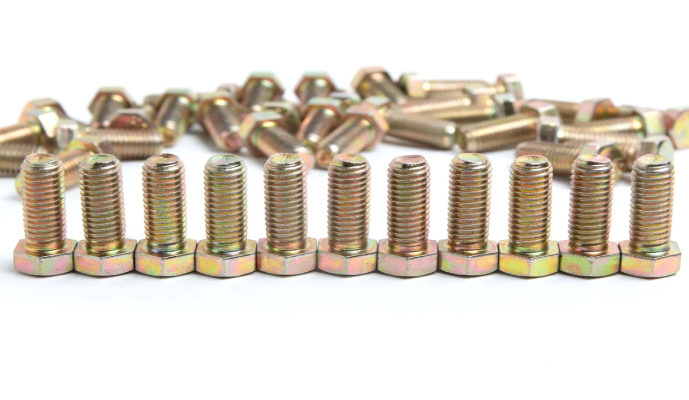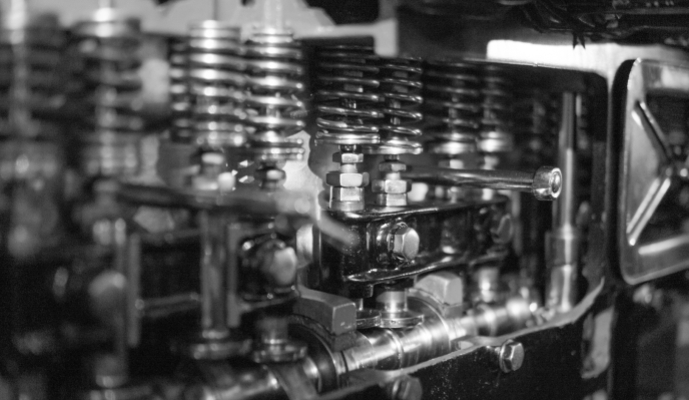How to Make the Best Hot-Dip Galvanised Bolts

Galvanising is the method by which fabricated steel components are immersed into a bath of molten zinc that metallurgically bonds the zinc to the steel component’s surface. This 150-year-old practice is still in practice as an effective way to protect components against corrosion.
Here is what happens technically
- Molten zinc is kelp in that state at a temperature of 840-850 degrees Fahrenheit.
- As soon as the steel makes contact with the molten zinc, a layer of zinc-iron forms on its outer surface.
- Once zinc becomes the top layer of the fabricated steel component, the outer surface accounts for 50-70% of the total coating’s thickness.
- You will notice that straight out of galvanisation, steel still retains an extremely bright look.
The following are the different grades of zinc for continuous hot-dip galvanising
- London Metal Exchange Grade - 99.995% zinc.
- Special High Grade - 99.990% zinc.
- High Grade - 99.95% zinc.
- Intermediate Grade - 99.5% zinc.
- Prime Western Grade - 98.5% zinc.
When it comes to fasteners, mainly nuts and bolts, extra clearance must be provided to accommodate the thickness of zinc. For metric fasteners, the galvanising on one thread requires a clearance which is 4 times the thickness of the coating. Generally, bolts and washers that are down to 8 mm in diameter can be galvanised. With newer methods and equipment, however, a wide range of threaded fasteners can be galvanised.
In most cases, standard bolts picked off the shelf are galvanised but galvanised nuts are tapped up to 0.4mm oversize with the threads when they are oiled. After assembly, the thread of the nuts is protected by the coating on the bolt. Even after many years of service, galvanised nuts can be effortlessly unfastened.
Things to look out for
1. Coating uniformity
With traditional methods of galvanising, the coating tends to be thicker at the roots of the threads than at its body. Such differences in thickness along the body of the fastener can compromise the quality and sturdiness that you aim to achieve. With modern equipment, you can ensure that the coating is uniform across the entire fastener.
2. Surface Finish
For projects involving aesthetics, the surface finish and appearance of the fasteners can play a crucial role. Like we mentioned above, a galvanised component comes with bright grey colour - this is because of the high silicon content of the steel reacts rapidly with molten zinc. However, after the component cools down, the colour becomes a matte grey due to the structure of the coating formed.
3. Storage
We recommend storing galvanised nuts and bolts in dry and well-ventilated conditions. If stored under wet conditions, galvanised fasteners can succumb to wet storage stain.
At ITA Fasteners, we come with decades of experience with galvanising and improving the longevity of fasteners. We ensure that the quality of our fasteners is high, to begin with - however, if you wish to improve on that, we can also help you with that. Get in touch with us to know more.







